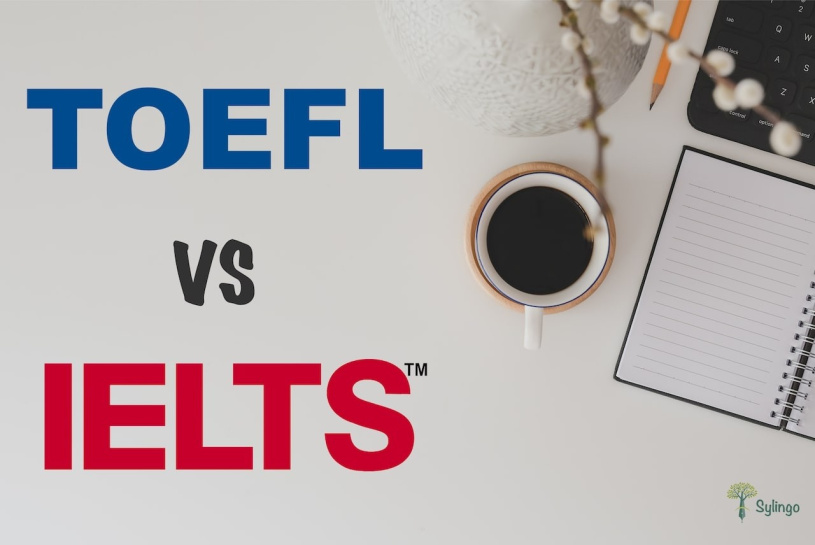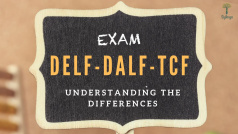Normally, most universities will emphasize that their students must have the necessary English language skills in order to take a course in their school, mostly one will be required to take an English test. TOEFL and IELTS are the conventional tests required to be taken to figure out how good one is. Many are torn between knowing which of these tests is easier. To answer this, one must consider the test they excel in and also the places they are planning on applying from. This discussion tries to break down the differences between these two tests and leaves you to make your final decision.
Admission:
For the IELTS, it is mostly administered by the British Councils in the university of Cambridge and also IELTS Australia. This means that it is associated with the British government and was traditionally used by only British universities. As time went by, it started being administered in New Zealand and Australian universities as well. These exams were usually set to show how capable foreign students were with the English language. What one should understand is that TOEFL is regulated by ETS which is a US-based organization that is non-profit which is used widely used in Canadian and American universities. Normally these days, for them to make it easy for international students, universities all around the globe take both IELTS and TOEFL exams.
Structure of the TOEFL:
1. Reading:
The TOEFL reading section normally asks one to read around 4-6 pages of the university level and also answer a couple of questions that are multi-choice. This means you can easily choose an answer from the provided options. The questions usually test you simply on comprehension of the text and the main ideas, vocabulary, style, inferring as well as rhetorical devices.
2. Listening:
This section presents long 2-3 conversations and 4-6 lectures. These conversations usually include one between a student and a librarian on finding some research materials or also a lecture of a history class. The questions in this section are also multiple choice. Here you are asked about details like tone, inferences and also vocabulary. These conversations and the lectures are usually very natural and will include informal English filler noises, interruptions, and many other things.
3. Speaking:
This section is usually recorded. One will speak to a microphone and then the lecturer will listen to your answers and grade you effectively. There are actually two questions that you will ask and they will be from familiar topics and you will be asked the opinion you have on them or how you can describe something that you are familiar with. It may be like about your favorite teacher or your town. You will be required to describe it fully. You will be asked two questions and you will be required to summarize all that information from a text and a conversation. They may need you to give your overall opinion as well. An additional two questions will require you to summarize all that information inform a short paragraph and then one should know is that the conversation you are summarizing will be university-related.
4. Writing:
This is the final part of the TOEFL exam. You will be required to write two short essays. One of them will require you to write your opinion on a topic that is broad. An example of this would be if it is better to live in the city or the countryside. You will be asked to summarize information from the text and also from a lecture (where these two may disagree) and you will be required to compare and contrast these two as well as synthesize the conflicting information.
Structure of the IELTS:
This exam usually has about four sections which include reading, writing, speaking and listening.
1. Reading:
In this section, one is given about 3 texts. They may be from academic textbooks, from a magazine or a newspaper. However, all these must be at the university level. These will require you to give an opinion since the text will be from an arguing point of view. The variety of questions on IELTS is vast and broad. In fact, not every text will have every question type. One may actually be required to give a summary of a passage using words from the text. There are some questions that will require the student to read the text carefully and then answer. There are others that come after the text and may require you to also read the text thoroughly.
2. Listening:
This IELTS exam comes with four listening sections. The first one is a transactional conversation. For instance when one may apply for something like a driver's license or a library. The next section is simply a content lecture of some kind, for instance, a dean who is explaining to the students the rules and regulations of the university. The next one is conversational which is the last section is simply an academic lecture. In all those sections, one may be required to fill out a summary, answer some multiple questions, fill in a table, label a diagram or a picture, and also classify all the information into different categories. You will be required to answer any questions while listening.
3. Writing:
There are two categories of writing in this exam. One of them requires one to summarize a chart or a table in around three hundred words. You will be required to identify important information and then compare and contrast different figures or describe the entire process. The next section is one where you are supposed to present your opinion in a statement.
4. Speaking:
This is the final section of this exam. It will be carried out at different times of the day and will be done in front of a qualified interviewer. The first part of this test will be very brief as it will have an introductory part which will be accompanied by a few questions about topics that are familiar to you. You may be asked by the interviewer a few questions like your job, what sports you like and so on. The second part will require you to speak for a few minutes about a given topic.
TOEFL vs IELTS. Which is easier?
Both of them will test you on four main language skills and that is listening, speaking, reading and writing. These tests are standardized and this simply means that the scores are consistent all over the globe.
The major difference between these two tests is in speaking. While in TOEFL one has to talk to a computer, the IELTS requires you to talk to a real person.
Many people find talking to a computer very strange and that is why they prefer the IELTS test.
In the TOEFL test, one will be asked 6 questions in a time frame of around 20 minutes. The questions will be from familiar activities. You will be answering a computer hence it will look weird.
In the IELTS test, there are three sections that normally last around 15 minutes. Since this test is done by a real person, it usually feels like a normal conversation and students do really well on this.
When it comes to writing, in the TOEFL test, one will be required to type everything while in the IELTS test, one will be required to write on paper.
For the listening part, the TOEFL test is long-lasting around 60 minutes while the IELTS test lasts only about 30 minutes. The TOEFL test is usually too long and makes students lose concentration and miss out on the correct answers.
For students who have done both of these tests, quite a good number prefer IELTS. It is clear that students who sat for both tests score higher on IELTS than in TOEFL.














